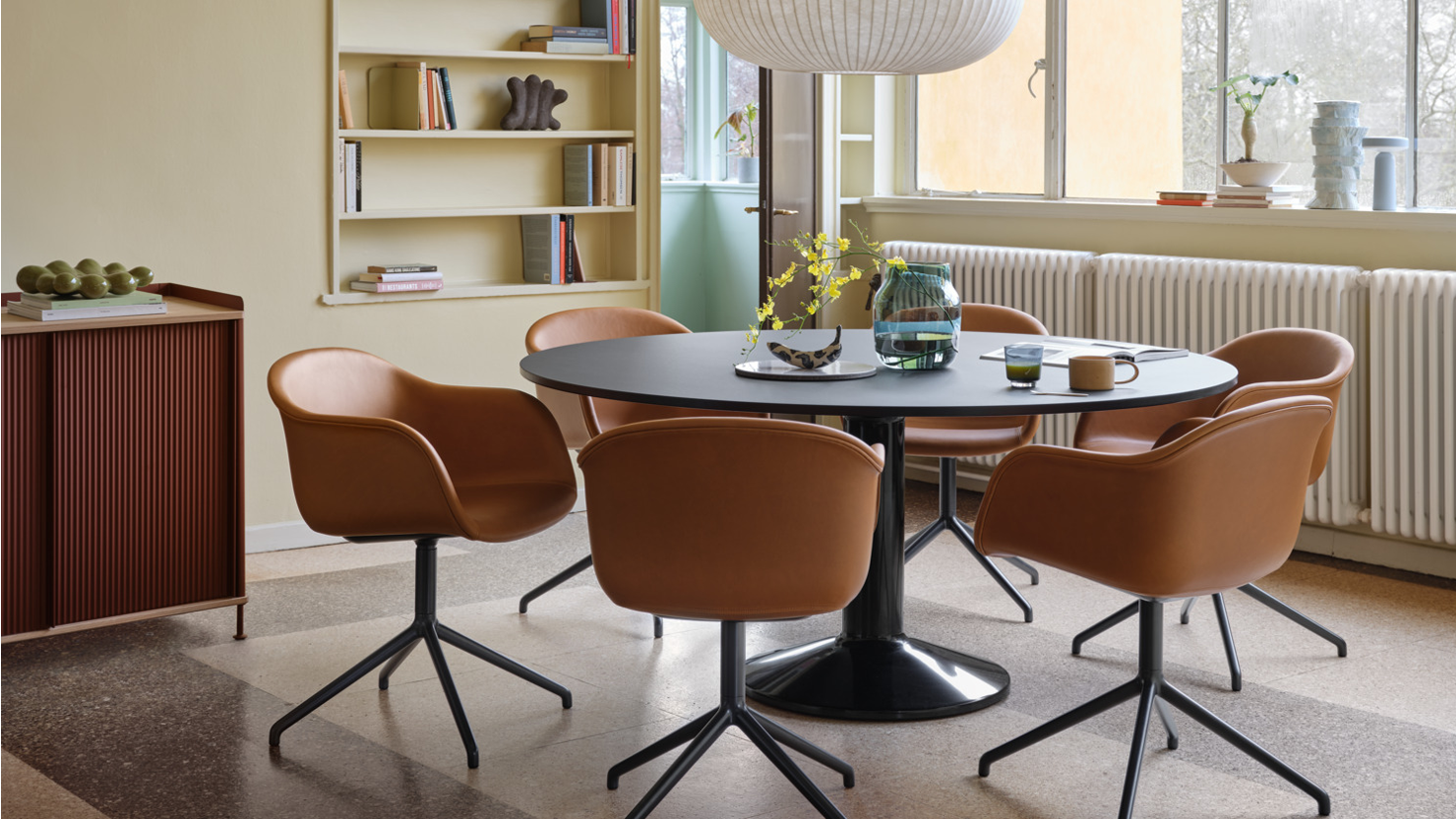In the ever-evolving landscape of modern industry, the concept of environmental sustainability has emerged as a critical and urgent concern. The global drive for a cleaner, greener planet has led to a paradigm shift in product design and manufacturing. Businesses and consumers alike are increasingly seeking ways to minimize their carbon footprint, reduce waste, and create environmentally friendly products. In this comprehensive guide, we will delve into the essential strategies and principles of Design for Environment (DfE), empowering you to design products that not only meet the demands of today’s market but also contribute to a more sustainable future.
Understanding Design for Environment (DfE)
What is DfE?
Design for Environment, or DfE, is an innovative approach to product design that considers the environmental impact of a product throughout its entire lifecycle. It encompasses a wide range of factors, from raw material selection to manufacturing processes, product use, and eventual disposal or recycling. DfE aims to minimize negative environmental impacts while optimizing the product’s functionality and performance.

The Four Pillars of DfE
DfE is built on four key pillars that guide the design process:
- **Material Selection:** The choice of materials has a profound impact on a product’s environmental footprint. Opting for sustainable, renewable, or recyclable materials is a fundamental step in DfE.
- **Manufacturing Processes:** Streamlining production methods, reducing energy consumption, and minimizing waste are vital aspects of DfE.
- **Product Use:** Creating products that are energy-efficient, durable, and easy to maintain enhances their overall environmental performance.
- **End-of-Life Management:** Planning for the product’s eventual disposal, recycling, or upcycling is essential in reducing its environmental impact.
Benefits of Embracing DfE
The advantages of incorporating DfE principles into your product design are numerous and far-reaching. Let’s explore some of the compelling benefits:
- Reduced Environmental Impact
By considering the entire product lifecycle, you can identify and mitigate potential environmental hotspots. This leads to reduced waste, energy consumption, and emissions, all contributing to a smaller carbon footprint.
- Cost Savings
Efficiency gains in manufacturing processes, optimized material use, and a focus on durability can translate into significant cost savings for your business over time.
- Competitive Advantage
Consumers are increasingly environmentally conscious, and businesses that adopt DfE principles can gain a competitive edge by offering eco-friendly products that resonate with the green-minded consumer base.
- Regulatory Compliance
Many regions have implemented strict environmental regulations. DfE can help you stay in compliance and avoid penalties while demonstrating your commitment to responsible business practices.
- Enhanced Brand Reputation
Sustainability initiatives and environmentally friendly product design can enhance your brand’s reputation, attracting socially responsible consumers.

Implementing DfE in Your Product Design
To effectively integrate DfE principles into your product design process, follow these steps:
- Lifecycle Assessment
Begin by conducting a comprehensive lifecycle assessment of your product. Identify potential environmental impacts at every stage, from raw material extraction to disposal.
- Material Selection
Opt for materials with a low environmental impact. Consider factors such as recyclability, renewability, and energy consumption during extraction and processing.
- Design Optimization
Work on product designs that minimize waste, promote efficient manufacturing processes, and ensure product longevity.
- Energy Efficiency
Prioritize energy-efficient features that reduce the energy consumption of your products during their use phase.
- Recycling and Disposal
Plan for the end-of-life phase, designing products that are easy to recycle or dispose of responsibly.
Case Studies
Let’s take a look at some real-world examples of companies successfully implementing DfE:
- Tesla – Electric Vehicles
Tesla’s electric vehicles are a prime example of DfE in action. Their cars are designed with efficiency in mind, and they use sustainable materials for both the interior and exterior components.
- Patagonia – Sustainable Clothing
Patagonia, a renowned outdoor apparel company, places a strong emphasis on sustainable materials and responsible manufacturing processes, resulting in durable and eco-friendly clothing.
- Apple – Recycling Programs
Apple has implemented recycling programs and offers trade-in options for old devices, promoting responsible disposal and reuse of their products.
Conclusion
In an era where environmental sustainability is paramount, adopting Design for Environment principles is not just a choice; it’s a necessity. By focusing on material selection, manufacturing efficiency, product longevity, and responsible disposal, you can create products that are not only environmentally friendly but also cost-effective and appealing to consumers. Embracing DfE is a win-win strategy that will position your business as a leader in the quest for a greener, more sustainable future.



